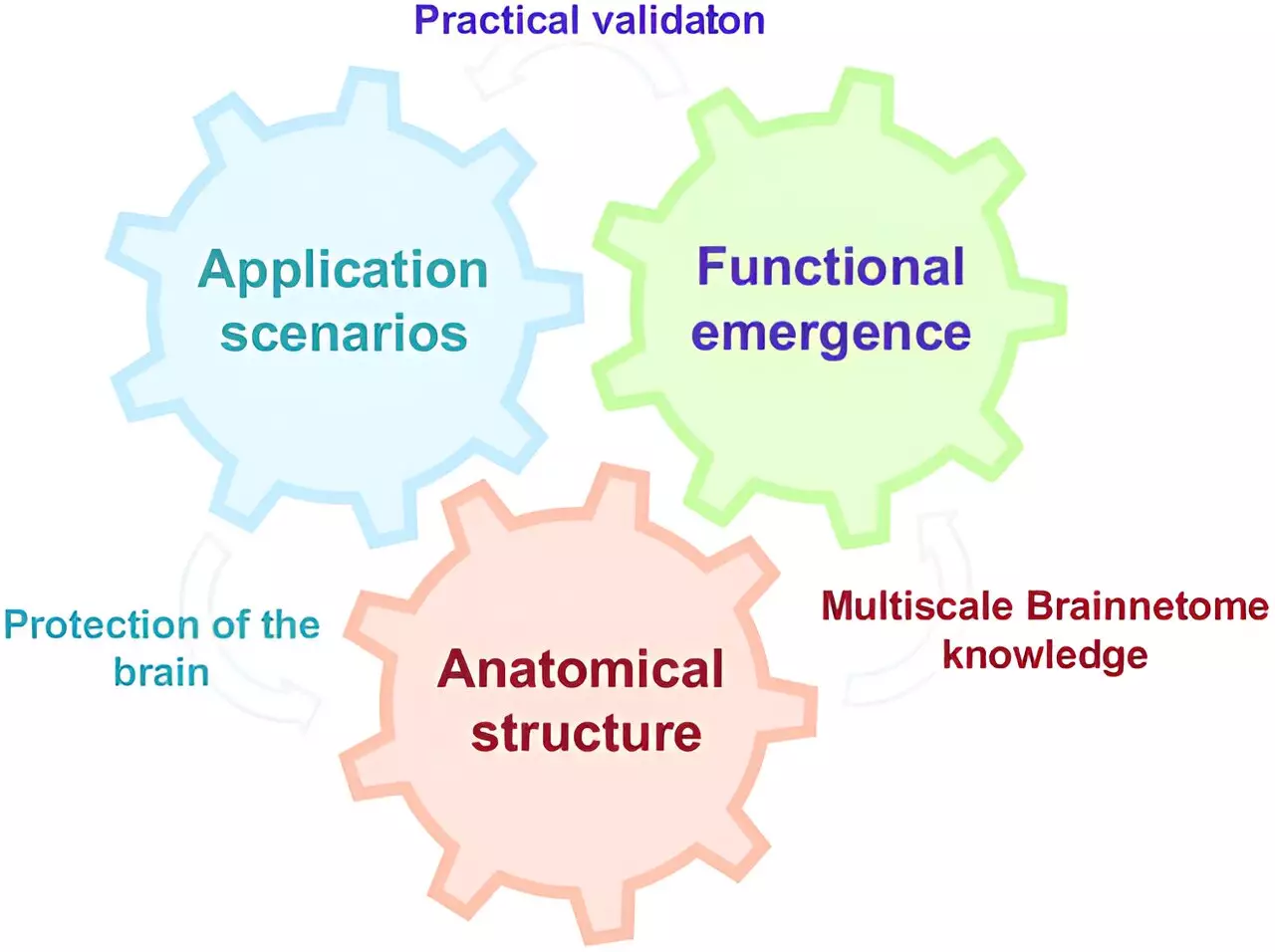In recent years, there have been significant advancements in neuroscience and brain-inspired artificial intelligence that have opened up new possibilities in understanding intelligence. One such innovation is the Digital Twin Brain, a platform developed by a research team led by Tianzi Jiang at the Institute of Automation of the Chinese Academy of Sciences. The Digital Twin Brain has the potential to bridge the gap between biological and artificial intelligence and provide new insights into both domains.
One of the key similarities between biological and artificial intelligence is the underlying network structure. The brain consists of biological networks, and by building a digital model or “twin” of the brain using artificial networks, researchers can transfer knowledge about biological intelligence into the model. This transfer of knowledge is essential for propelling the development of artificial general intelligence and advancing precision mental health care. Achieving these goals requires collaboration and joint efforts from interdisciplinary scientists worldwide.
Using the Digital Twin Brain platform, researchers can explore the working mechanisms of the human brain by simulating and modulating the brain in different states for various cognitive tasks. For example, they can simulate how the brain functions in a resting state or how it malfunctions in disorders. Additionally, they can develop methods to shift the brain away from undesirable states by modulating its activity. While this may sound like science fiction, the concept of the Digital Twin Brain has a solid foundation in biology.
The Digital Twin Brain integrates three core elements: brain atlases, multi-level neural models, and a spectrum of applications. Brain atlases serve as the structural scaffolds and biological constraints for the digital twin, providing a comprehensive collection of brain regions, connections, and interactions. These atlases allow researchers to explore various aspects of the brain’s organization and function, enabling a deeper understanding of its complexities.
The multi-level neural models are trained on biological data and simulate brain functions. As the brain atlases evolve and become more detailed, neural models improve and generate more realistic function simulations. This continuous feedback loop between the brain atlases and neural models enhances the accuracy and fidelity of the digital twin.
The spectrum of applications for evaluating and updating the current “twin” completes the closed loop of the Digital Twin Brain. These applications can include disease biomarker discovery and drug tests, providing crucial feedback to enhance the brain atlas. This iterative process ensures that the digital twin is constantly evolving and improving.
While the concept of the Digital Twin Brain shows great promise, there are still several challenges and open questions to be addressed. Effectively weaving bits and pieces of biological knowledge into a digital twin requires careful consideration and expertise from scientists. Designing better models for simulations is also essential to accurately replicate the brain’s complex dynamics. Integrating the Digital Twin Brain into practical scenarios presents another challenge that requires innovative solutions.
Researchers have identified the Brainnetome Atlas as an important component for developing the Digital Twin Brain. This atlas, announced by researchers at the Institute of Automation of the Chinese Academy of Sciences in 2016, provides a macroscale mapping of the structure and connectivity of the human brain. However, existing brain simulation platforms lack the anatomical basis required for accurate modeling. Therefore, an open-source, efficient, flexible, and user-friendly brain atlas-constrained platform needs to be designed to support multiscale and multimodal modeling.
The Digital Twin Brain represents a convergence of neuroscience and artificial intelligence. By integrating intricate brain atlases, dynamic neural models, and a multitude of applications, this platform has the potential to revolutionize our understanding of both biological and artificial intelligence. With collaborative efforts from scientists worldwide, the Digital Twin Brain holds the promise of advancing artificial general intelligence, revolutionizing precision mental health care, and uncovering transformative breakthroughs in our understanding of the human mind and the development of intelligent technologies. It may also unlock new avenues for the discovery of therapeutics for brain disorders. The future possibilities presented by the Digital Twin Brain are both exciting and promising.


Leave a Reply